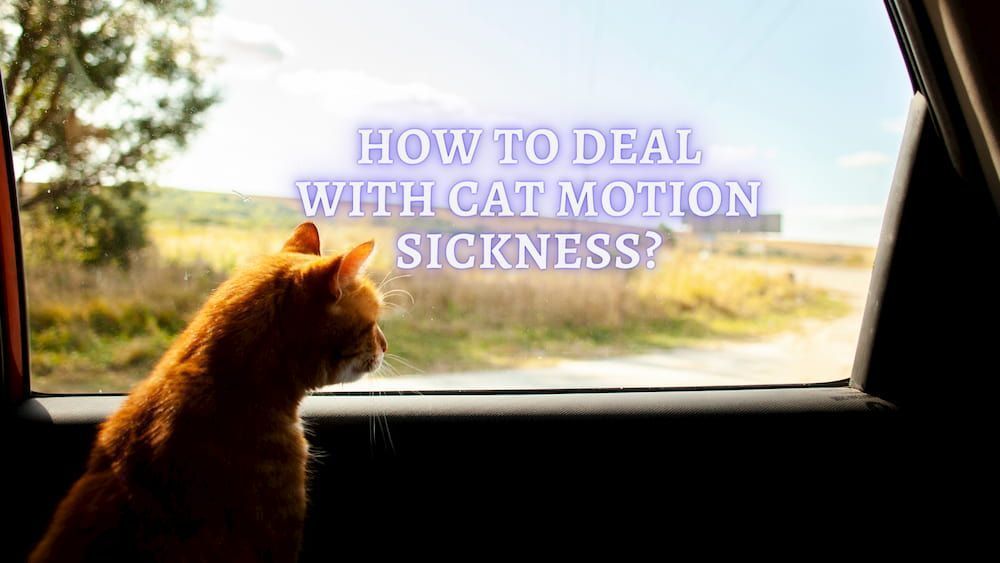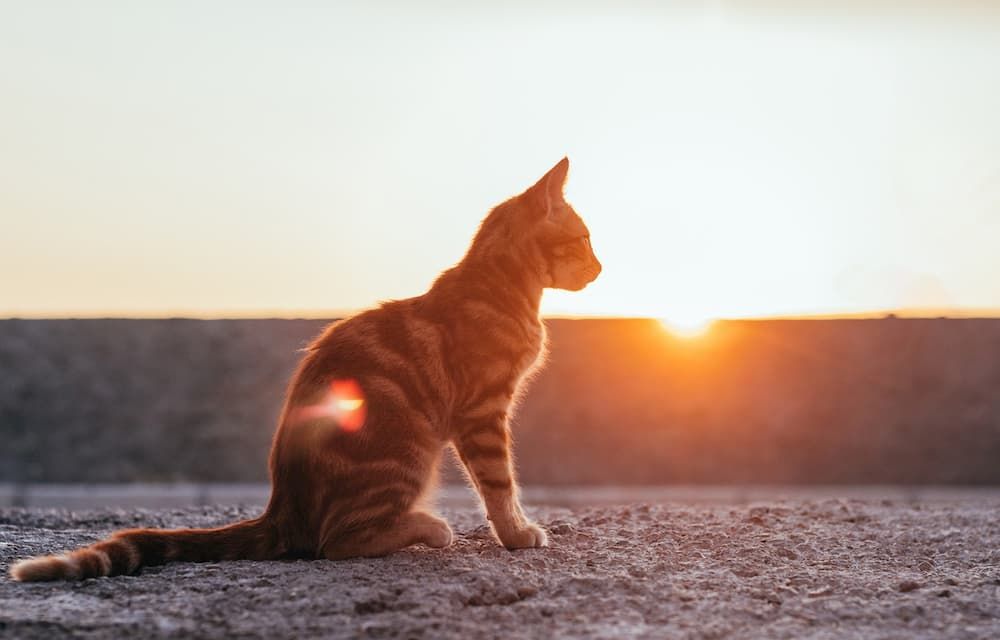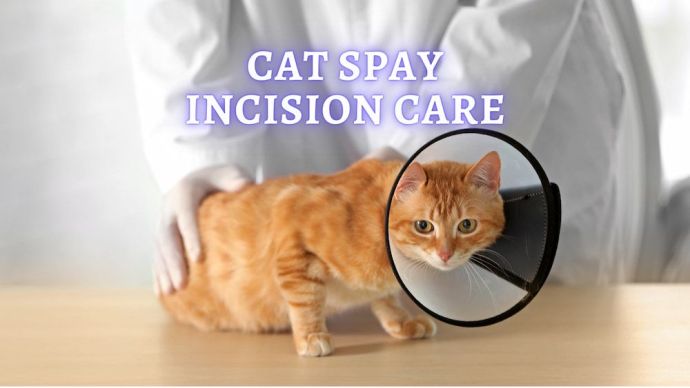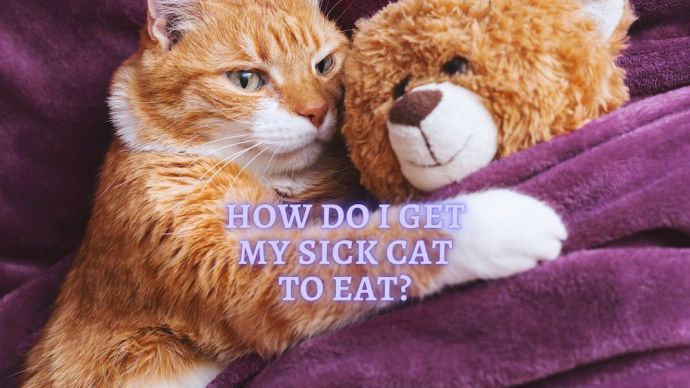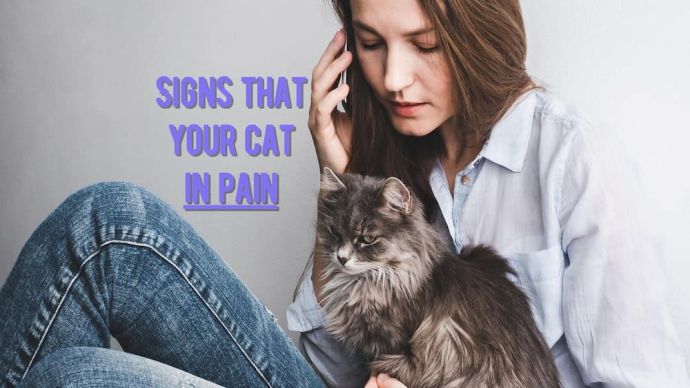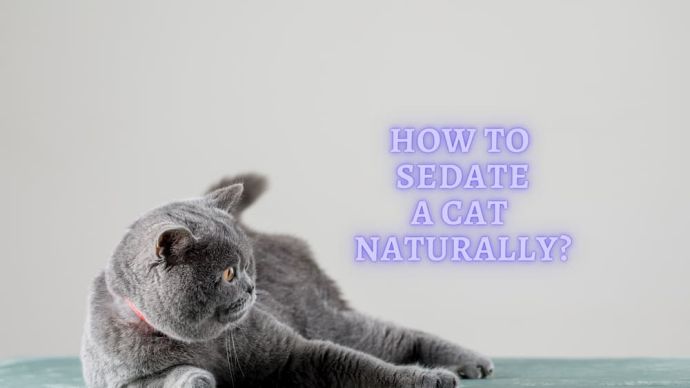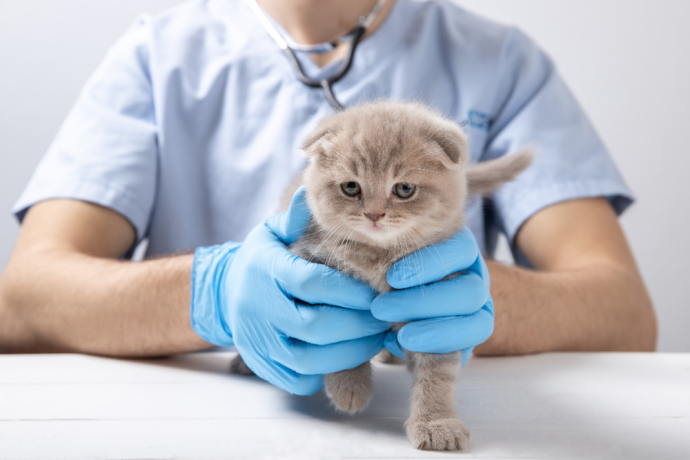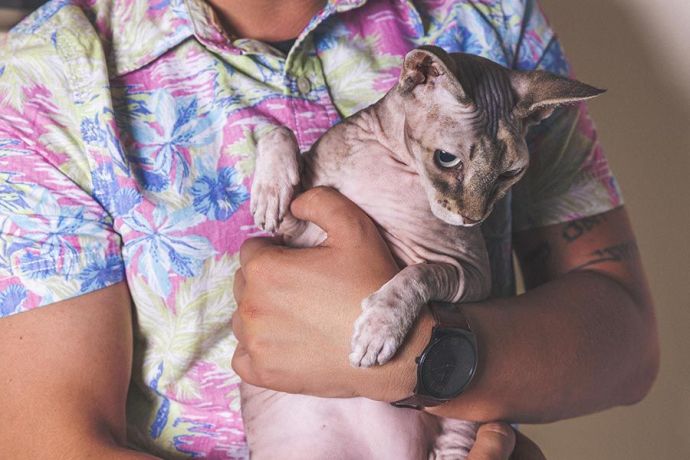Cat Motion Sickness: How to Deal With Motion Sickness in Cats?
Written by:
Author: Dr. Chyrle Bonk
Dr. Chyrle Bonk is an associate veterinarian since 2010 and was a volunteer for Clearwater County Youth 4H. Dr. Bonk contributed to various animal and veterinary related websites and magazines as a way to help keep animals across the globe safe and healthy. When Chyrle not working she spends her time with her own furry crew of dogs, cats, and horses.
View all 10 articlesLearn about our editorial process and veterinary review board.
Viewed: 765
Updated on: 06/28/2023
It’s no secret that most cats don’t like to travel. In fact, for some cat parents, it’s enough to make them think twice about keeping that annual wellness exam with the veterinarian. Part of a cat’s disdain for traveling can be due to stress, change, and the fear of the unknown. And part of it can be due to suffering from motion sickness. If you’ve ever spent a harrowing car ride with a wailing, drooling cat, you’ve seen motion sickness in cats at work. If your kitty gets nauseous at the very mention of a car trip, read on to find out ways you can help them be a calmer, happier, less queasy traveler.
What Causes Motion Sickness in Cats?
Motion sickness is often referred to as car sickness, but it can occur with any form of transportation. Air, train, or boat travel can all create the same effect. What exactly is it about travel that has kitties feeling sick? It may be a combination of things.
1. Neurological
Motion sickness can also result from the movement stimulating the vestibular apparatus located in the inner ear. This apparatus aids in balance and is connected to the vomiting center in the brain. The pathway involves some histamine as well as other receptors. When the vestibular apparatus is thrown out of whack by a car’s movement, it can trigger the brain to cause nausea and vomiting. These symptoms usually go away once the vehicle stops moving.
2. Stress and fear
Cats are habit creatures; most are unwilling to accept change. Cats also tend to stay home more than their canine companions. They aren’t generally treated to a ride to the park, a quick trip to the grocery store, or accompanying us to pick kids up from school. Because of this, most cats only travel once or twice a year, usually to visit the veterinarian or the groomer. Doing something out of their ordinary routine can cause stress and fear. Also, being confined in a small crate and uncertainty of the destination will add to that stress and fear. The release of cortisone that accompanies stress can lead to nausea, vomiting, fear of moving, and other symptoms associated with motion sickness. These symptoms can show up even at the sight of a car. It doesn’t have to be in motion.
READ MORE: How to Sedate a Cat Naturally?
Symptoms of Motion Sickness in Cats
We’ve already hit on a few of the symptoms of motion sickness in cats, but there are many that you might not even be aware of. The first and most obvious are excessive drooling and vomiting. They may also vocalize more, usually howling or wailing. Kitties with motion sickness can also have diarrhea or urinary accidents in their crate.
Some symptoms that you might not realize are restlessness and pacing. They may also be still and cower or try not to move. Sometimes motion sickness may simply show up as a cat that won’t stop licking their lips. Signs of motion sickness may be very obvious and messy or very subtle and go unnoticed except to the most observant cat parent.
READ MORE: Why is my cat’s stomach gurgling?
READ MORE: Best Cat Carriers
How Long Does Motion Sickness in Cats Last?
Symptoms of motion sickness may show up only when your cat is in a moving vehicle and then go away pretty quickly once they stop. These cats are most likely experiencing a vestibular disruption and have little to no stress associated with travel.
Or symptoms may show up with the closing of the carrier door or the car’s first sight. These cats are typically very anxious about travel and may continue to show signs even after they are safely home. Helping them to calm down by putting them in a quiet room by themselves or offering them a safe hidey-hole can help them return to normal.
How to Prevent Motion Sickness in Cats
Prevention is always the best treatment for many ailments of cats, and motion sickness is no different. Whether your cat’s motion sickness is vestibular related or brought on by stress and fear, often putting in a little work and practice in will help make for smoother travel.
Comfort
Making traveling a little more comfortable can help to ease your cat’s stress and reduce their likelihood of getting motion sickness. Always put your cat in a carrier. This is important not only for your safety as the driver of the car but also for their safety. Include soft and familiar bedding in the carrier. Make sure it is also easily washed, this will reduce your stress of traveling with your cat as well! For short trips, leave the food and water bowls at home. Your kitty doesn’t need them banging around in their space, creating more mess.
Let your cat get familiar with the carrier. Don’t store it out of reach, only to be brought out for these dreaded trips. Instead, make it part of your cat’s life. Have it out and open with a bed or treats inside to entice your cat to spend some time in it. The more comfortable they are with it daily, the more comfortable they will be in it when needed for travel.
Practice, practice, practice
Once your kitty develops a loving friendship with their carrier, it’s time to practice traveling. This just means short, frequent trips. There doesn’t need to be a destination. Take quick trips around the block, make a grocery store run, or pick up the mail, returning home within 10-15 minutes. Your cat never has to leave the car.
Once your kitty can successfully complete these short trips without meowing loudly or wetting their chest with drool, they’re ready to work on those longer 20-30-minute trips and so on. Don’t make scary or stressful trips, such as to the veterinarian, part of this training session.
Withhold food
If your kitty is still having some trouble with vomiting or you’re expecting a longer excursion, try withholding food for about 12 hours before you leave. Having an empty stomach can help reduce the nausea and definitely decrease the likelihood of vomiting.
Create a calm environment
Keeping the car cool, dark and quiet can help decrease your cat’s anxiety and calm their stomach during travel. Open a window or partially cover the carrier with a blanket or towel. Also, consider separate trips if you have dogs or other pets accompanying you that may further upset your kitty.
Incentives
You may also choose to provide your kitty with incentives for traveling. Have car-only toys or treats that are only given when traveling. (Go lightly on the treats in order to not make vomiting and nausea worse.)
Keep your cool
Kitties respond to your mood and emotions, so the calmer you are the more likely they are to be calm. Even though it can be grating or annoying, never scold or punish your cat for getting motion sickness. They aren’t doing it by choice. Maintain a calm and soothing tone when you talk to them and handle them gently, never forcing them to do something.
Cats can often “grow out of” getting motion sickness with some short practice trips and some special attention when traveling. For those that are extremely nervous travelers, there are other treatments available.
READ MORE: Cat Emergency Kit
Medical Treatment for Cats with Motion Sickness
If all else fails when trying to keep your cat from getting motion sickness, see your veterinarian. There are medications, both prescription and over-the-counter, that can help reduce a cat’s symptoms. Some of those medications include anti-histamines that help disrupt the vestibular input to the vomiting center of the brain. Most of these medications also cause some mild sedation which can help a nervous cat journey more comfortably. These need to be given about 30-45 minutes before travel, if given too late in the journey, they will be of little help.
Other anti-vomit medications, such as Dramamine, can help reduce vomiting associated with motion sickness. These medications act by turning off the vomit center in the brain. They don’t do anything to combat stress or anxiety though, so they might not be right for every kitty.
Anti-anxiety medications may also be of help. Some of these medications need to be given a few days to weeks in advance in order for the active ingredients to build up in the system so that they can provide their full effect when it’s time to travel. There is also a wide dose range for many of these medications, so finding the right amount to calm your cat may take some practice.
Natural remedies for motion sickness include ginger, valerian root, and passionflower, to name a few. These herbs exhibit different calming effects and anti-vomit actions. Pheromones, like Feliway, may also help calm your kitty. Often, using a pheromone infuser at home and then pheromone sprays or wipes in the carrier will have the greatest benefit.
Never give your cat any medications without the supervision of a veterinarian. They will first need to determine if your cat is healthy enough and if the medication is the right choice for them.
Conclusion
Whether you’re looking to make your kitty a constant travel companion or you would just like to make that annual vet visits a little more enjoyable, getting your cat to overcome motion sickness can be anything but fun. Before trying any prevention or treatment program, speak with your veterinarian to rule out any medical possibilities as the root of their motion sickness. They will also be the best ones to help your cat through it with tips, tricks, and possibly medicinal treatment.
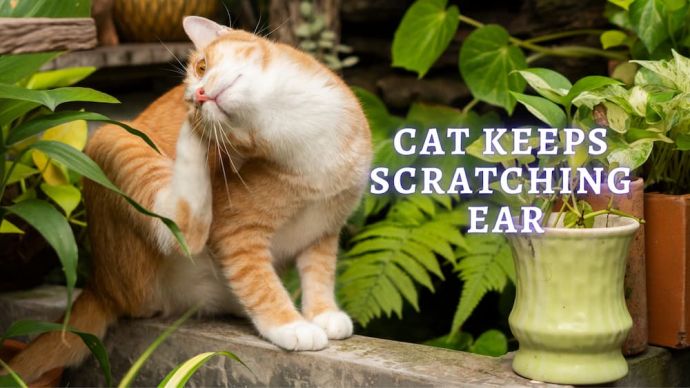 Cat Veterinary Tips Why is my Cat Scratching their Ears? (Veterinary Advice)
Cat Veterinary Tips Why is my Cat Scratching their Ears? (Veterinary Advice) - 1361
- 0
 Cat Care Why Does My Cat Attack My Legs? 10 Reasons Why and What To Do About It (Vet-Approved Advice)
Cat Care Why Does My Cat Attack My Legs? 10 Reasons Why and What To Do About It (Vet-Approved Advice) - 46013
- 21
 Cat Veterinary Tips Cat Stomach Gurgling: Vet Advice on Why is Your Cat Stomach Gurgling?
Cat Veterinary Tips Cat Stomach Gurgling: Vet Advice on Why is Your Cat Stomach Gurgling? - 36469
- 4
 Cat Veterinary Tips My Cat Lost its Voice: Can Cats get Laryngitis? (Vet Advice)
Cat Veterinary Tips My Cat Lost its Voice: Can Cats get Laryngitis? (Vet Advice) - 23554
- 13









